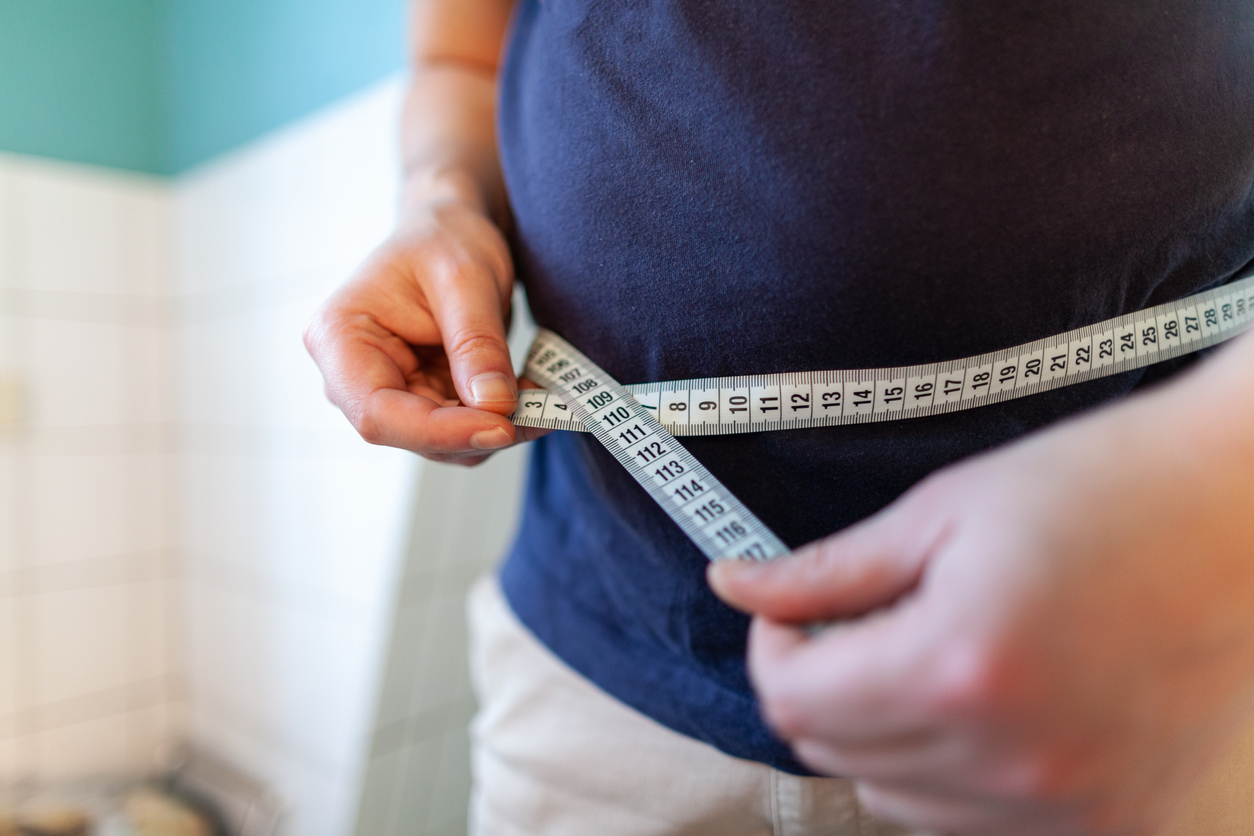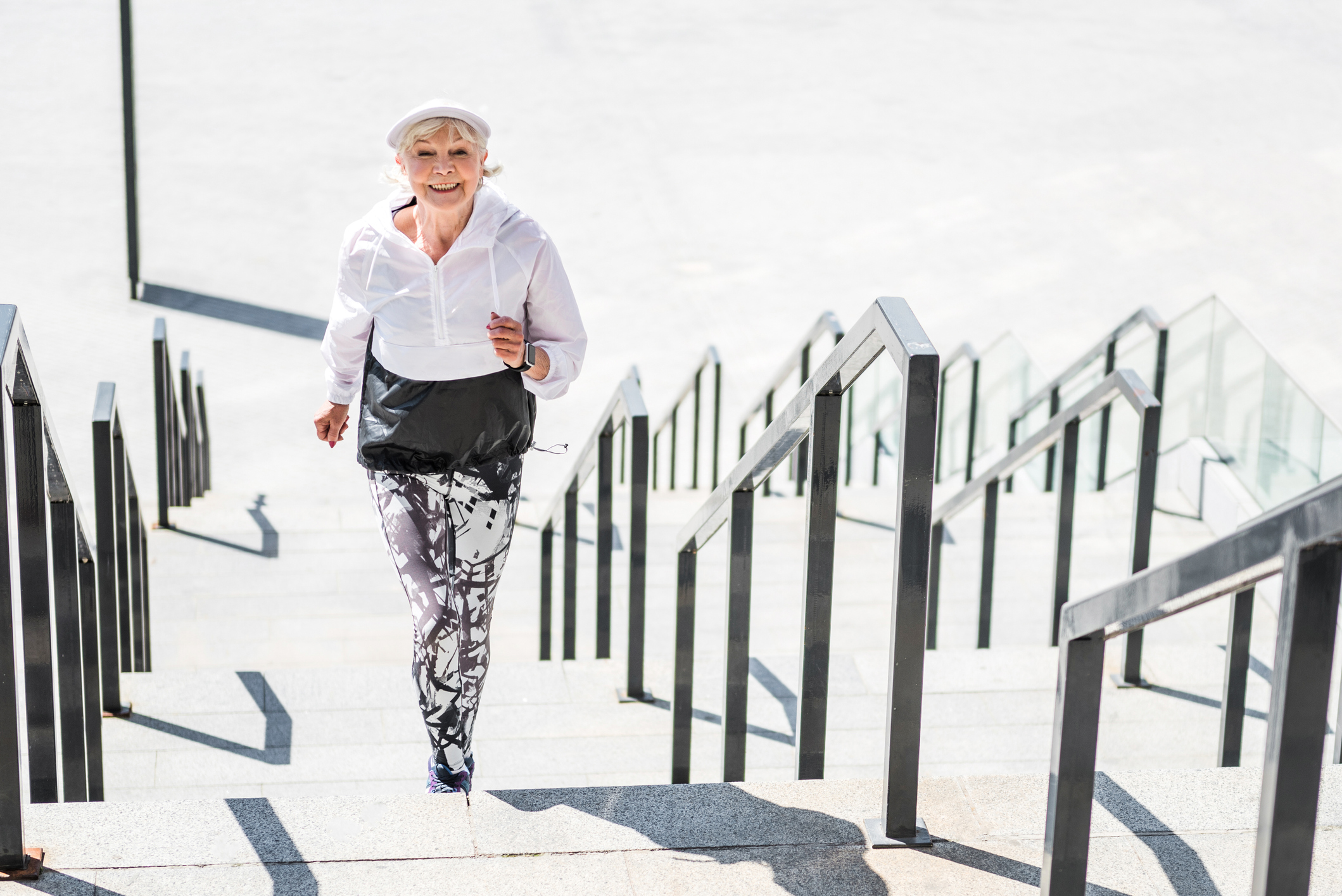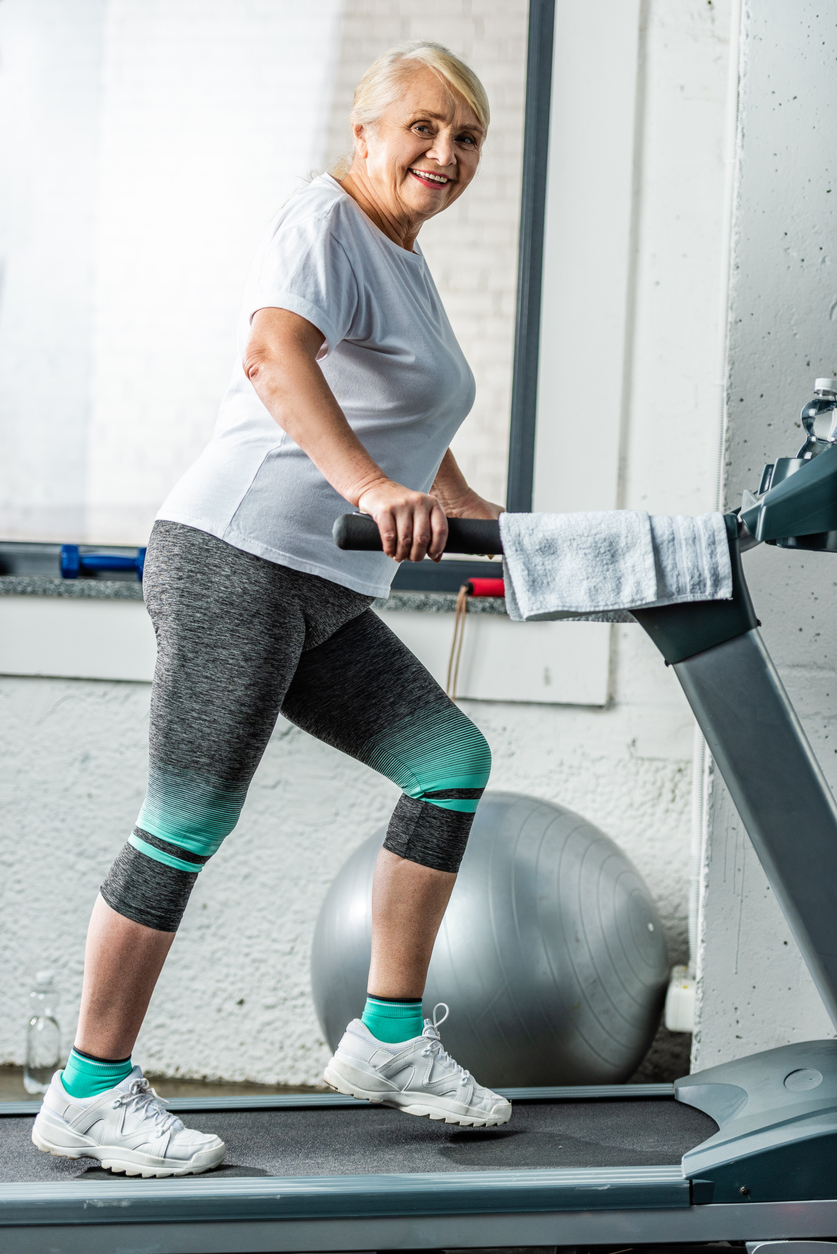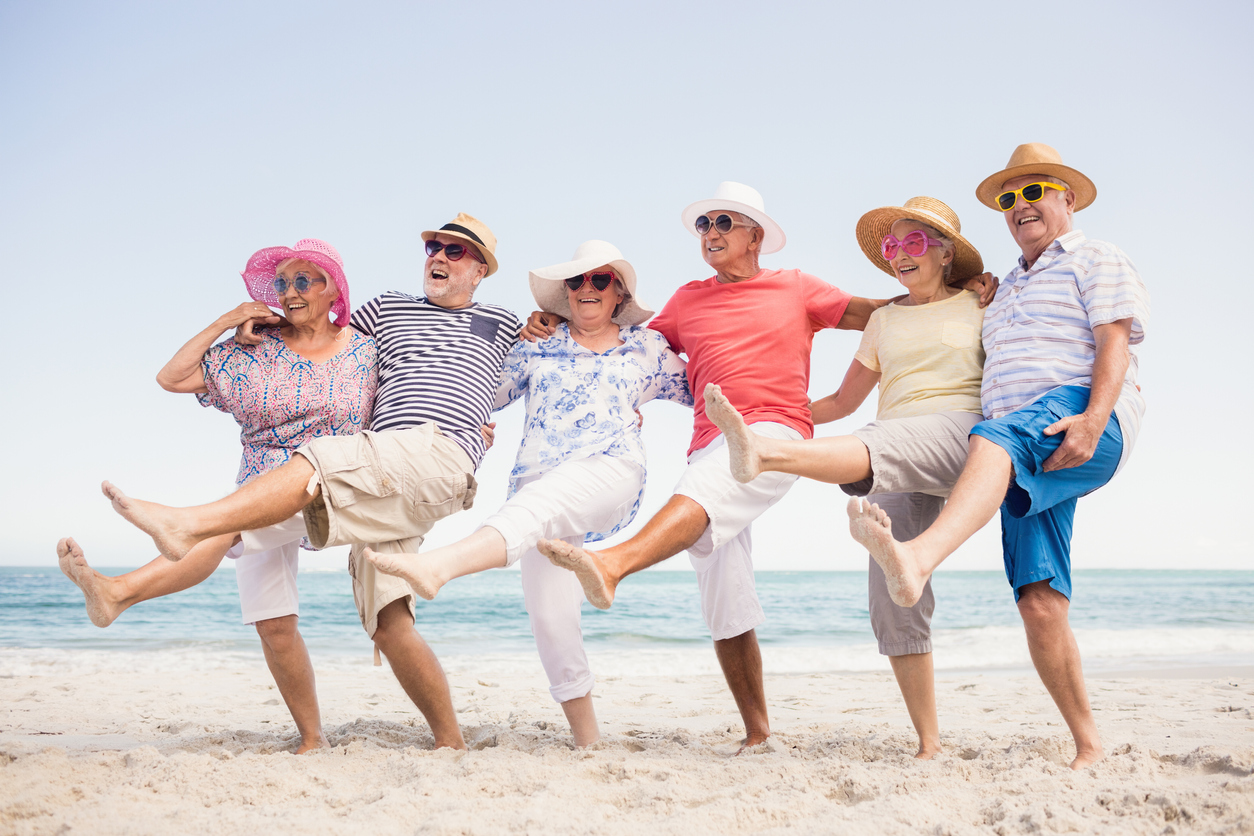
COVID BLUES: SITTING & EXPANDING MY WAIST (EVEN WITH A PREVENTIVE PLAN)
My very first post was about the many negative effects of sitting and how some have even called the prolonged amount of time we spend sitting “the new smoking”. For a while now, I’ve been meaning to do a follow up post – I just didn’t know it was going to be about me – until Covid happened.
There is a lot of “bad stuff” that can occur with prolonged sitting and it’s increasingly well documented. Sitting day-after-day stiffens joints, shortens muscle & tendons, and creates negative structural changes which effect posture & body alignment. Sitting also deactivates motor nerves & muscle to cause functional/physical degeneration through loss of motor control, strength and muscle mass (the sarcopenia of aging). We can also add unhealthful metabolic changes (increased body fat, blood sugar, cholesterol) and chronic disease progression (heart attacks, strokes, vascular dementia, cancer, diabetes, osteoporosis).
My previous post about sitting and the paragraph above tell you all you really need to know, but my personal story starts on March 15th with California’s Covid-related home isolation; that’s when I closed my senior fitness training practice and began hanging out at home 24/7. Since then, there’s no question I’ve spent more time sitting – a great deal more – than at any time in my adult life. With the pandemic I guess that’s unavoidable, but I know it’s not good for my body, health or well-being (not to mention my bank account) so I’ve taken purposeful, active measures to counteract all the sitting, but it hasn’t completely worked out as planned.
I’m a senior fitness trainer who stays pretty active and eats an exclusively whole food, plant-based diet – no animal products, oils, sweets or junk food – but I suspected that might not be enough to counteract sitting around 24/7, so I stepped up my “game” with a 3-part plan. Beginning March 16th I made sure to: 1) do physical exercise every day, or nearly so*; 2) implement a type of intermittent fast** called a “time-restricted daily fast” by eating only 2 meals a day (12 and 6PM) that’s recently become quite trendy/popular for promoting fat loss and improving metabolic parameters; 3) limiting my alcohol intake to 1-2 glasses of red wine per week ***.
For adult all men and most post-menopausal women, measuring waist circumference is the easiest way to accurately gauge body fat changes. I never weigh myself on a scale because it’s just too vague of a measurement – not specific enough to precisely hone in on fat loss/gain since water and non-fat tissue are also included in a scale-measured body weight. For some time now I’ve tried to measure my waist at least once per month, so I’m in a good position to have data about changes to my level of body fat as I sit around the house during Covid isolation.
With the 3-part plan mentioned above I was hoping to at least maintain my pre-Covid level of body fat (waist circumference), but I was disappointed. At the three month home isolation mark on June 15th, when I measured my waist I’d gained an inch or more – a rate of body fat gain of 4 inches a year. That’s a profound fat promoting effect from just sitting more!! I know it’s just from sitting since I’m actually doing more formal “exercise” during home isolation, as well as eating one meal a day less.
Although not measured, I would expect my blood sugar and cholesterol levels are also tracking upward along with my body fat. I do know my blood pressure is trending a slightly higher now than 3 months ago, since I measure it fairly often.
My personal experience underscores the need for all of us (particularly seniors) to do everything in our power to sit less. We need to develop as many everyday strategies as possible to enable and affect more standing, moving, walking, climbing stairs and ”exercising”.
I live in a two-story condo, so an example of a strategy I use to move more is to always use the opposite bathroom from the floor I’m on – if I’m downstairs I travel upstairs to use the bathroom and vice versa – that way I climb a lot more stairs. When it comes to daily strategies you can implement to stand & move more, make the commitment and use your imagination.
And what about my 3-point plan? – it didn’t work, at least not completely. So what more would you advise me to do so I don’t gain an additional inch in three more months? You might say “eat less” by reducing portions, particularly for my evening meal, but of course I’m not too enthusiastic about that. You might also be tempted to say I should do even more formal “exercise”; but if you’re already doing a fair amount of regular exercise, “more” is not a good strategy for a variety of reasons (subject for another post).
I think my best chance to improve my success is to up my exercise game by raising the intensity of what I’m currently doing and/or doing some different exercise things. I could, for example, add Moderate Intensity Interval Training (MIIT) **** or even a bit of High Intensity Interval Training (HIIT). Check in with me in three months and let’s see how I’m doing.
So as I write this on July 4th weekend in these uncertain times, I’m not sure where Covid is going to take us or when I’m going to see my clients again or how big my aspiring “muffin top” waist is going to get before Covid is over, but I am certain of this: I have a new-found and very personal respect for prolonged sitting’s ability to soften my body.
So, beware the chair…
*My exercise program is an un-interrupted repeating schedule of 3 days cardio/1 day resistance: Three days straight cardio-endurance followed by a day of full-body resistance exercise. My cardio is 45-60 minutes of hill walking, often with a bit of jogging. I also sometimes add a core training block of 15-20 minutes between resistance sessions and nearly every day I do a bit of myofascial release & joint/tissue mobility work.
**For a brief run down on intermittent fasting see here; for a more detailed and academic exposure via the New England Journal of Medicine see here.
*** Pinot noir from Burgundy, France.
****With MIIT, which, with medical clearance, is suitable for healthy seniors who are already pretty active & fit, you alternate between intervals of higher & lower intensity exercise, with the lower intensity intervals (recovery) being longer in duration than the higher intensity (work) intervals; e.g., a 1 minute harder intensity work interval coupled with a 3 minute easier recovery interval. For my current cardio/endurance sessions, if I were to add in more hill jogging intervals to my walking, that would be implementing a form of MIIT for me. HIIT sessions are another super intense animal indeed because rest intervals are always shorter than work intervals. I don’t (generally) recommend HIIT for seniors, but the method is to pick cardio exercises or resistance or body weight exercises (or a combination of all three) to format your workout. Although there are many variations, a classic HIIT protocol is a “Tabata” interval of 20 seconds of super high-intensity exercise coupled with 10 seconds of rest, for 8 rounds, for a total of 4 minutes



